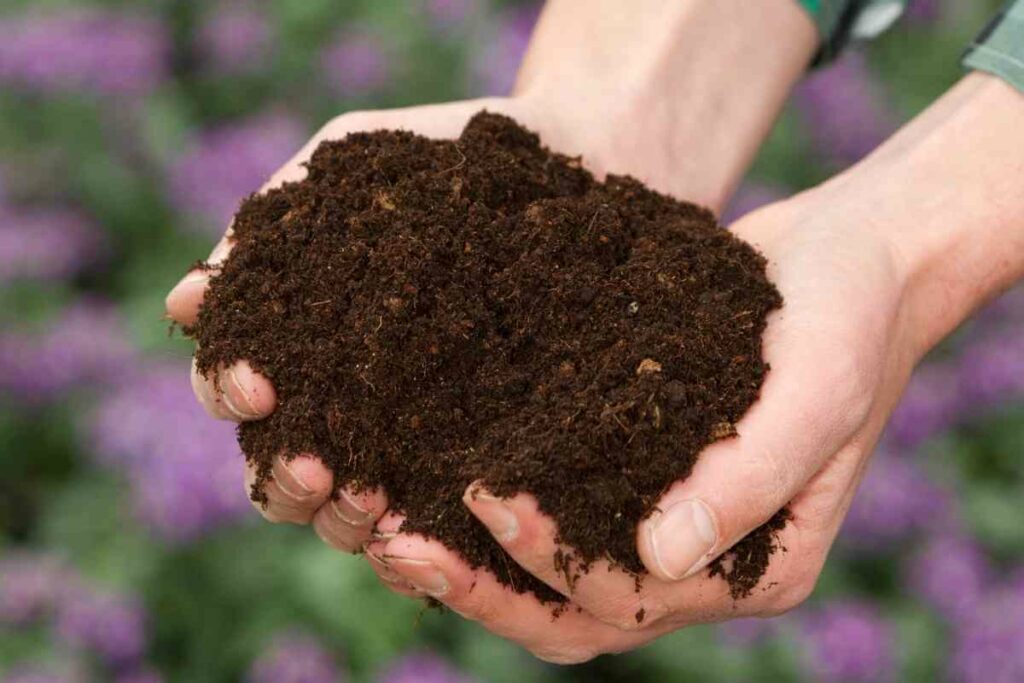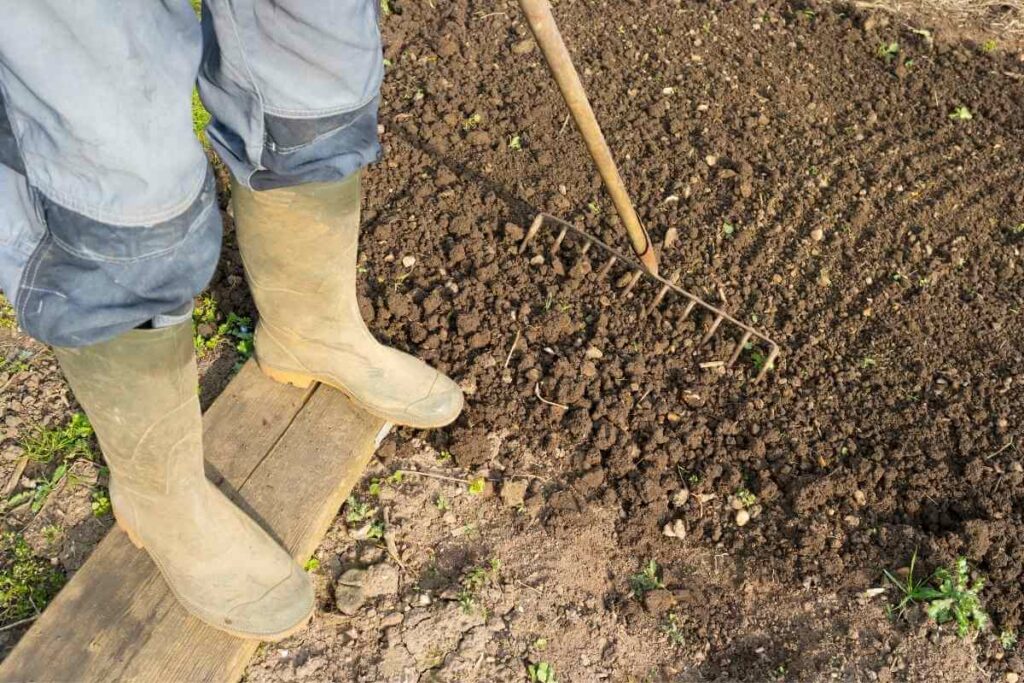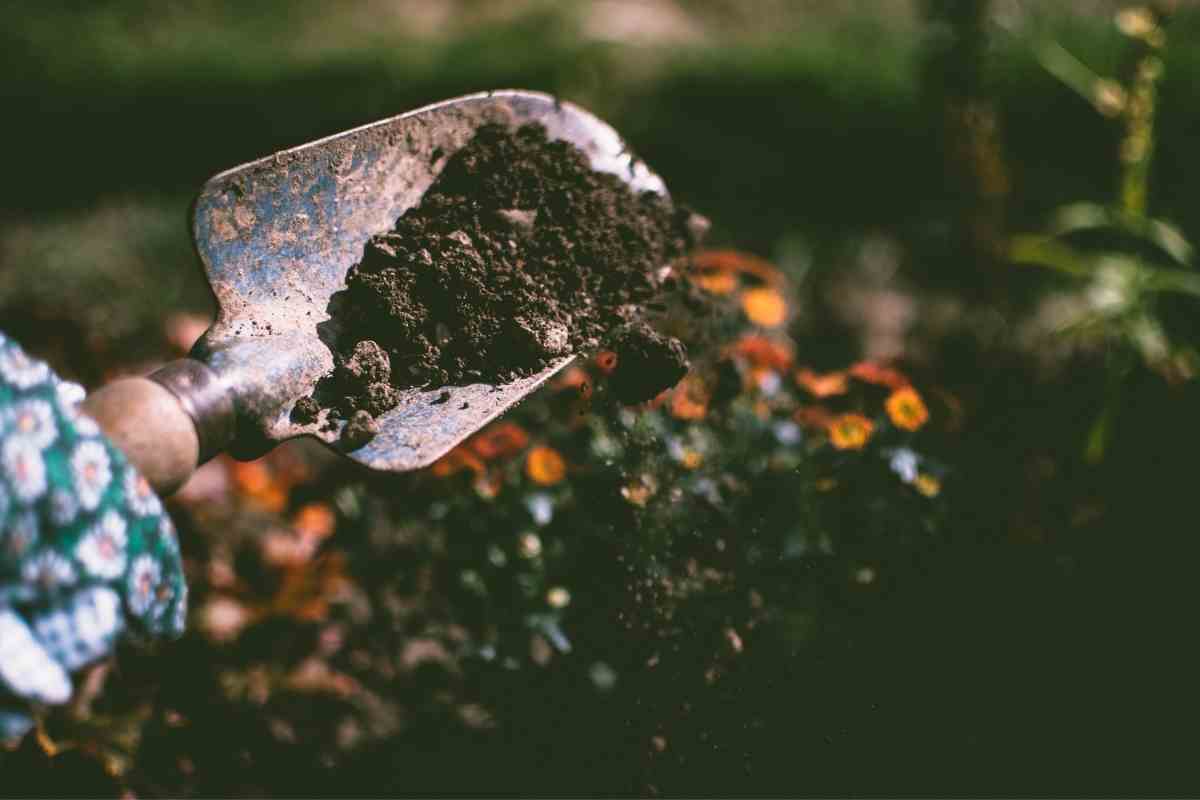Taking care of your garden involves far more than merely popping some plants in the ground and hoping for the best.
In order to see your garden thrive, you need to feed your plants using fertilizer.
While there are many different kinds of fertilizer, bone meal is a great organic option especially when you’re looking to increase the phosphorus levels of your soil.
But of course, you cannot simply throw on handfuls of bone meal randomly, you need to ensure the correct amount.
That begs the question of how much bone meal should you add per gallon of soil.
What to Expect? It’s best to apply bone meal according to the square footage you are looking to cover. In this guide, we’ll give you the right figures to make sure you don’t add too much or too little of this effective fertilizer.
What Is Bone Meal?
Bone meal is a type of organic fertilizer which is largely made from cow bones.
That said, there are some products that contain bones from other animals; you’ll be able to see the contents on the packaging.
The product is made from the ground bones and steamed so what you get in the bag is essentially a powder.
The most common reason for using bone meal is to increase how much phosphorus is in the soil.
This is an important compound for flowering plants and is very easily absorbed by these plants resulting in beautiful, large blooms.
How To Use Bone Meal For Your Garden
One of the most important things to remember before you use bone meal for your garden is that you will need to have the soil tested.
This is because the pH level of the soil can affect the performance of the bone meal.
If it is above seven, then the phosphorus will not be as effective and you’ll find that applying the bone meal is essentially useless.
Bone meal is used to improve the phosphorus levels in your soil but it can also help to balance other things. For example, nitrogen.
While a lot of gardeners will use rotted manure to improve nitrogen content, this doesn’t have the same phosphorus levels as bone meal so could be considered less effective.
The best way to use both of these things is to combine them.
How Much Bone Meal Per Gallon Of Soil?
Once you have tested your soil, it’s time to add the bone meal.

It’s better to measure the amount according to how many square meters you’ll cover as opposed to how many gallons of soil there are.
Generally Speaking – You will need to add around 10lbs of bone meal for every 100ft² of soil. What’s great about this is that once you have applied the fertilizer, you’ll get up to four months feeding for your plants.
If you are planting in containers, you might not have 100 square feet to cover but that’s OK, you’ll normally find instructions on the packaging that tell you exactly how much to apply.
For container gardening, it is best to blend your bone meal with wood ash; two parts wood ash and one part bone meal.
This will also ensure a potassium boost for your plants.
Also make sure that when you apply in containers, you keep the bone meal as far from the plant roots as possible.
Doing this could burn them and reverse the beneficial effects of the fertilizer.
What Are The Benefits Of Using Bone Meal?
There are a lot of great things about using bone meal in your soil.
For starters, it’s going to improve those phosphorus levels, as we have already discussed.
Furthermore, bone meal takes a longer time to break down, usually quite a few months.
This makes it a slow release fertilizer so your plants will benefit from a constant stream of phosphorus over the course of time.

Most people will feed their plants with bone meal as spring comes around.
This is then usually enough to see them through summer so you don’t need to worry about topping it up.
If you are growing flowering plants then there’s really nothing better than bone meal as it’ll really boost their growth and help them to produce much bigger, brighter blooms.
Things like hydrangeas and roses particularly benefit from this type of fertilizer.
But it isn’t only the flowers that will be better.
Bone meal also helps to promote improved root structure which makes it perfect for veggie patches where you’ll be growing things like potatoes and carrots.
But one of the best things about bone meal is that it is organic.
If you don’t want to use harmful chemicals in your garden then it’s the obvious choice. This is far better for the soil and will ensure it stays as healthy as possible for as long as possible.
Moreover – Since it’s made from the bones of animals that have already been slaughtered for food, it’s helping to cut down waste in the farming industry.
Are There Any Risks To Using Bone Meal?
There has been a lot of speculation surrounding bone meal and the fact that some people believe it is possible to contract BSE, or Mad Cow Disease, since the product is largely made up of cow bones. But this is not the case.
Primarily, no animals that have the disease are used to make bone meal since they are tested before being slaughtered.

Moreover, something as simple as wearing PPE while handling the product would be more than enough to prevent an infection which would be highly unlikely in the first place.
And one more thing is for sure; your plants cannot absorb BSE contaminants so they will be perfectly safe.
Keep In Mind – Another drawback of using bone meal is that since it is made from animal products, it could attract other critters to your garden.
This might include scavengers like raccoons and even dogs from neighboring homes.
While the animals themselves might not be harmful, they could damage your plants and undo all your hard work.
Using steamed bone meal reduces the attraction to other animals so you should always make sure to buy this product.
If you have children or pets then you should use bone meal with caution. This is because, although the bone meal is organic, it isn’t suitable for human consumption.
It doesn’t come with terrifying health risks but you’ll want to make sure that kids and pets do not play in the soil that has been treated.
The main problem is that the bone meal can block the digestive system since the small pieces form together in the stomach.
The Right Thing to Do – Problems can be avoided in the event that a child or pet does ingest some by ensuring that you thoroughly mix the bone meal into the dirt.
Conclusion
Bone meal is an excellent organic fertilizer that boosts the phosphorus content of the soil.
You should aim to add around 10lbs of bone meal for every 100 square feet of soil and it’s important to blend it in well.
